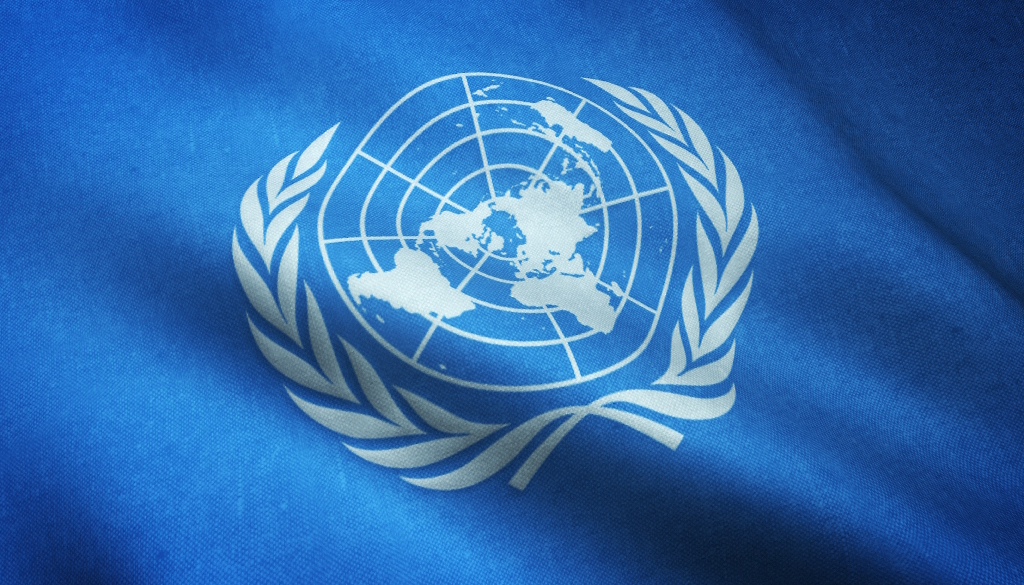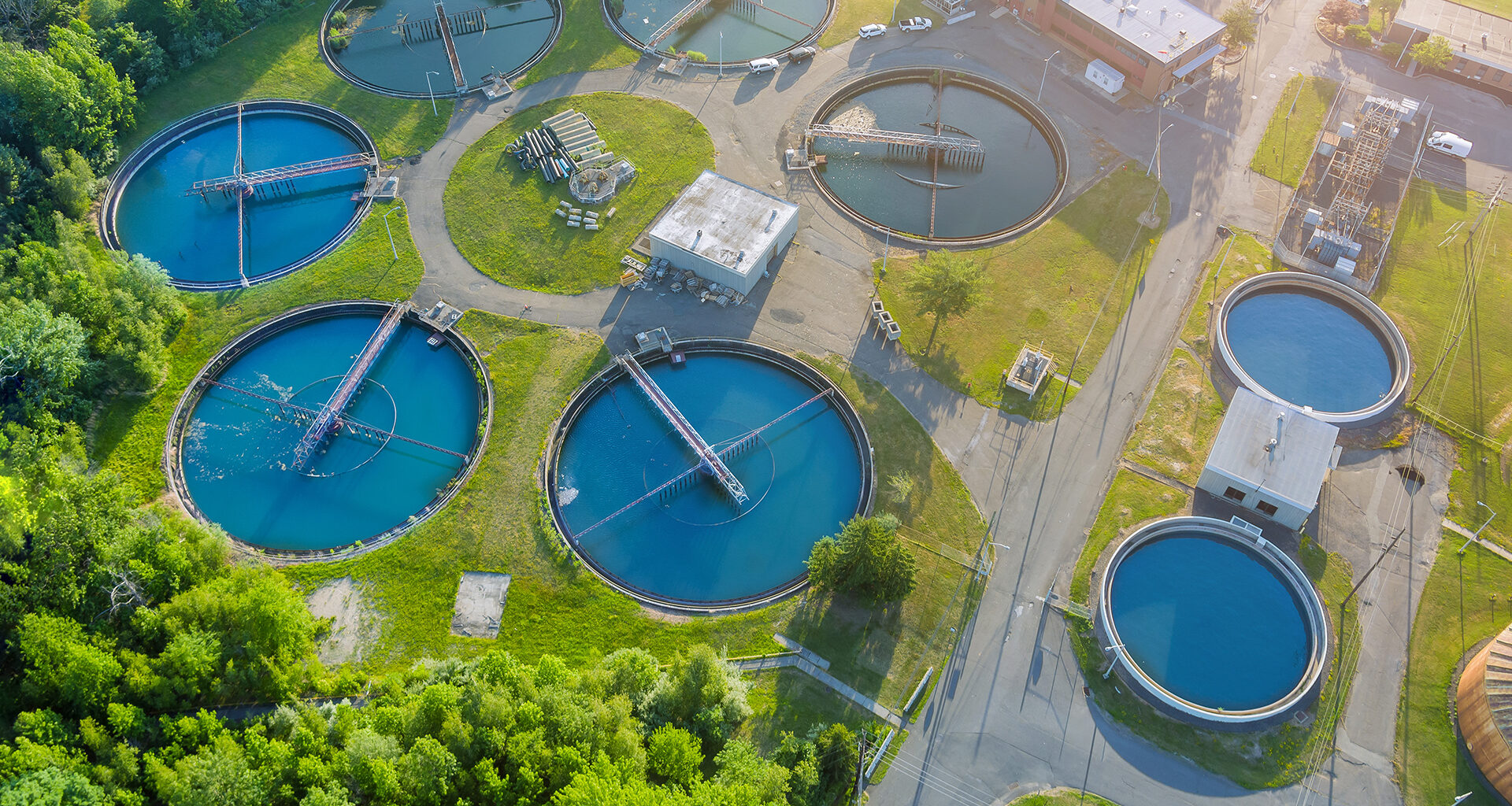Access to clean and safe drinking water is a fundamental human right, yet millions of people in remote and underserved communities around the world still lack access to this basic necessity. In response to this pressing global challenge, innovative water purification technologies are emerging as a beacon of hope, offering sustainable solutions to provide clean drinking water where it’s needed most.
The Global Water Crisis:
The global water crisis is a multifaceted challenge, exacerbated by factors like population growth, pollution, climate change, and inadequate infrastructure. Remote communities, often located far from centralized water treatment plants, face the greatest struggle to secure clean water sources.
The Importance of Clean Drinking Water:
Access to clean drinking water is essential for human health and well-being. Contaminated water can carry diseases, such as cholera and typhoid, leading to illness and death. Moreover, clean water is a prerequisite for proper sanitation and hygiene practices.
Innovative Water Purification Technologies:
In recent years, a range of innovative water purification technologies has emerged to address the clean water gap:
- Solar Water Purification: Solar water purification systems use sunlight to disinfect water. Simple and cost-effective, these systems can be particularly effective in off-grid and remote areas.
- Portable Water Purifiers: Compact and portable water purifiers equipped with advanced filtration and purification technologies are capable of treating water from various sources, including rivers and lakes.
- Biological Water Treatment: Bio-sand filters and biological treatment systems use natural processes to remove contaminants from water, making them suitable for low-resource settings.
- Nanotechnology: Nanotechnology-based water purification methods, such as graphene oxide filters, can remove a wide range of contaminants, including bacteria and heavy metals, from water.
- Desalination Technology: Desalination processes, such as reverse osmosis, are becoming more efficient and accessible, providing a sustainable source of freshwater in coastal areas.
Impact on Remote Communities:
The deployment of innovative water purification technologies has a transformative impact on remote communities:
- Improved Health: Clean drinking water reduces waterborne diseases, improving the overall health of residents and reducing the burden on healthcare systems.
- Economic Opportunities: Access to clean water can lead to improved agricultural practices, increased livestock health, and the development of small-scale businesses.
- Educational Access: Reliable access to clean water encourages school attendance, particularly among girls, who often bear the responsibility of collecting water.
- Community Empowerment: The ability to purify water locally empowers communities to take control of their water supply, reducing their dependence on external sources.
Challenges and Considerations:
While innovative water purification technologies offer hope, challenges persist:
- Cost: The initial cost of technology implementation can be a barrier, particularly for low-resource communities.
- Maintenance: Regular maintenance and technical support are essential for the long-term viability of water purification systems.
- Environmental Impact: The environmental impact of certain purification methods, such as desalination, needs to be carefully considered to ensure sustainability.
A Path Forward:
Bringing clean drinking water to remote communities is a complex endeavor, but innovative water purification technologies offer a path forward. Collaborative efforts among governments, NGOs, businesses, and communities can make clean water accessible to all, contributing not only to improved health but also to the empowerment and well-being of underserved populations. By harnessing innovation and sustainable solutions, we can work toward a future where clean drinking water is a reality for every person, regardless of where they live.



 UN
UN 



